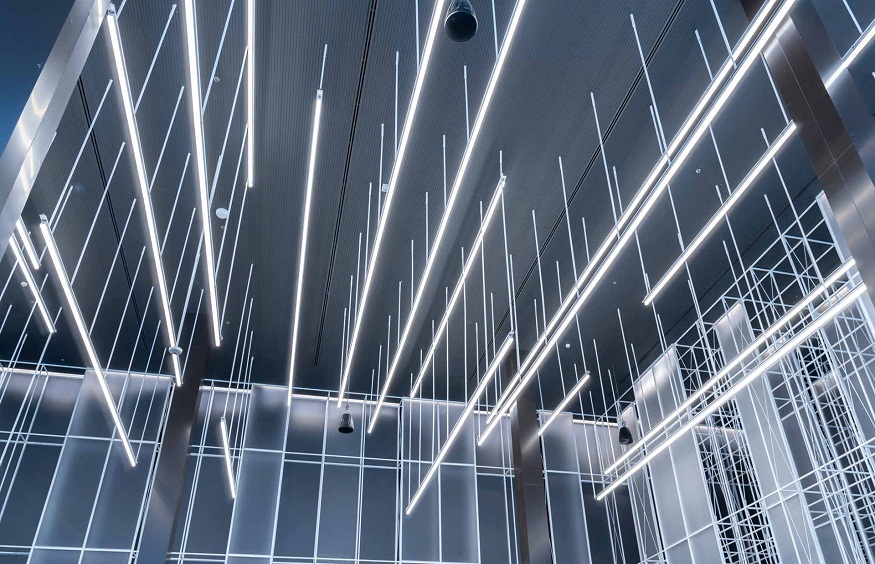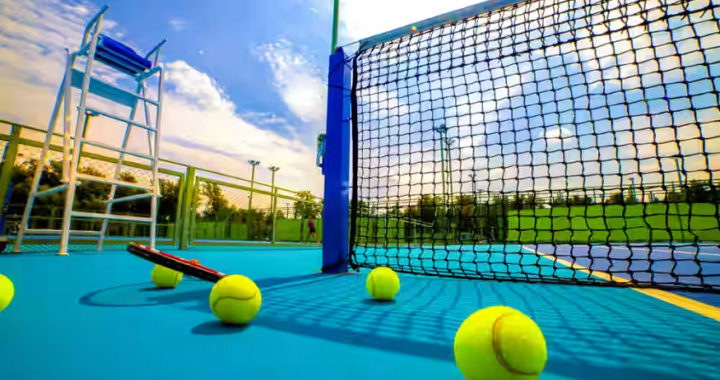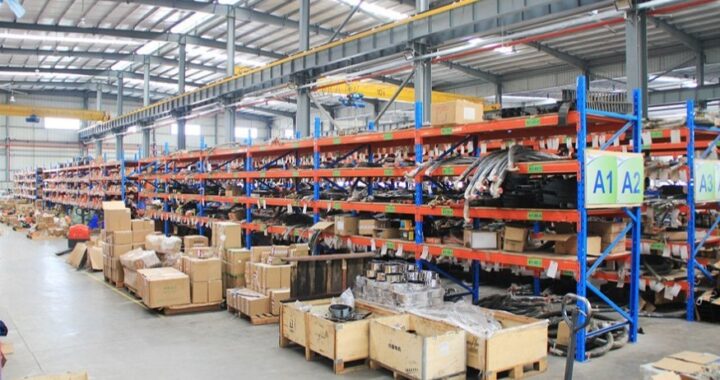How LED Lighting Systems Evolve with Smarter Supply Chains and Efficient Power Solutions

The way we light our spaces whether commercial buildings, outdoor signage, or modern interiors is undergoing a quiet yet powerful transformation. Once a simple utility, lighting is now a strategic design element that must balance aesthetics, energy efficiency, and system reliability. At the center of this evolution is the integration of advanced LED lighting with smarter supply chains and power solutions.
Changing Demand Patterns for Commercial Lighting
In recent years, commercial and industrial spaces have shifted how they approach lighting. The demand is no longer just about illumination it’s about scalability, control, and longevity. Architects and project managers are seeking systems that can adapt to various environments, offer energy savings, and require minimal maintenance over time.
Bulk purchasing has also become a common trend, especially for large-scale installations. Whether it’s for a hotel chain, shopping mall, or airport terminal, ordering in volume isn’t just about cost it’s about consistency and system-level integration.
What to Look for in Wholesale LED Strip Lights
LED strip lights are often the foundation of modern lighting projects, thanks to their flexibility and adaptability. However, not all products in the market offer the same level of performance. Key features such as thermal management, IP rating, CRI (Color Rendering Index), and color temperature consistency can dramatically affect how lighting functions over time.
When exploring options for Wholesale LED Strip Lights, it’s important to think beyond wattage or lumens. For instance, does the product maintain color accuracy across long lengths? Is the strip designed for outdoor or high-moisture environments? Can it be cut and connected without compromising safety? These small factors determine whether the solution will meet real-world demands.
Additionally, reliable wholesale suppliers typically offer variations that cater to both high-density applications (like display shelving or signage) and low-density needs (such as ambient room lighting), helping professionals make choices that suit the intended outcome.
Why Power Supplies Are the Backbone of LED Performance
While LEDs often take the spotlight, the supporting power infrastructure behind them is just as important if not more. Without a stable and efficient power source, even the highest-quality LED strips can fail prematurely.
Voltage fluctuations, poor heat dissipation, or mismatched current ratings can lead to dimming, flickering, or burnout. That’s why choosing the right power supply is essential. From constant voltage to constant current models, the decision largely depends on the lighting setup and application needs.
Power supplies also impact overall energy efficiency and heat management. An over-spec’d or underperforming unit can either waste energy or shorten the lifespan of the LED lights it supports.
Choosing a Reliable LED Power Supply Distributor
Working with a dependable LED Power Supply distributor ensures that every component in your lighting project meets required technical and safety standards. Key things to look for in a distributor include availability of different wattages and voltage configurations, proper certifications (like CE, RoHS), and clear documentation for installation.
Equally important is the ability to match power supplies with specific lighting products. A good distributor understands which models suit waterproof strips, dimmable installations, or high-wattage configurations. This guidance often makes the difference between a system that simply works and one that performs optimally for years.
Integrating Strip Lights and Power Supply in Large Projects
In complex lighting installations, compatibility isn’t just a nice-to-have it’s a necessity. Designers and electricians need to ensure that LED strips, connectors, drivers, and controllers are all in sync. This is especially critical in synchronized or color-changing installations, where control systems must interact smoothly with the power supply and lighting components.
One common practice in large-scale projects is to calculate power requirements not only by total wattage but also by factoring in voltage drop over longer runs. This avoids the dimming effect that can occur at the far end of a strip. In such cases, using multiple power inputs or amplifiers becomes part of the planning.
Additionally, selecting components that are modular and field-replaceable reduces future maintenance issues. When a distributor can provide solutions that fit together seamlessly, the risk of delays and malfunctions decreases significantly.
Conclusion
As the LED lighting industry continues to evolve, one thing becomes clear: smart planning and reliable components are the keys to long-term success. By prioritizing compatibility, efficiency, and durability, professionals can deliver results that satisfy both aesthetic and functional goals.
Wholesale LED systems and dependable power solutions don’t just light spaces they support the creative and technical visions behind them. Whether you’re upgrading a storefront or building an entire lighting framework from the ground up, the right partners and products can make all the difference.








